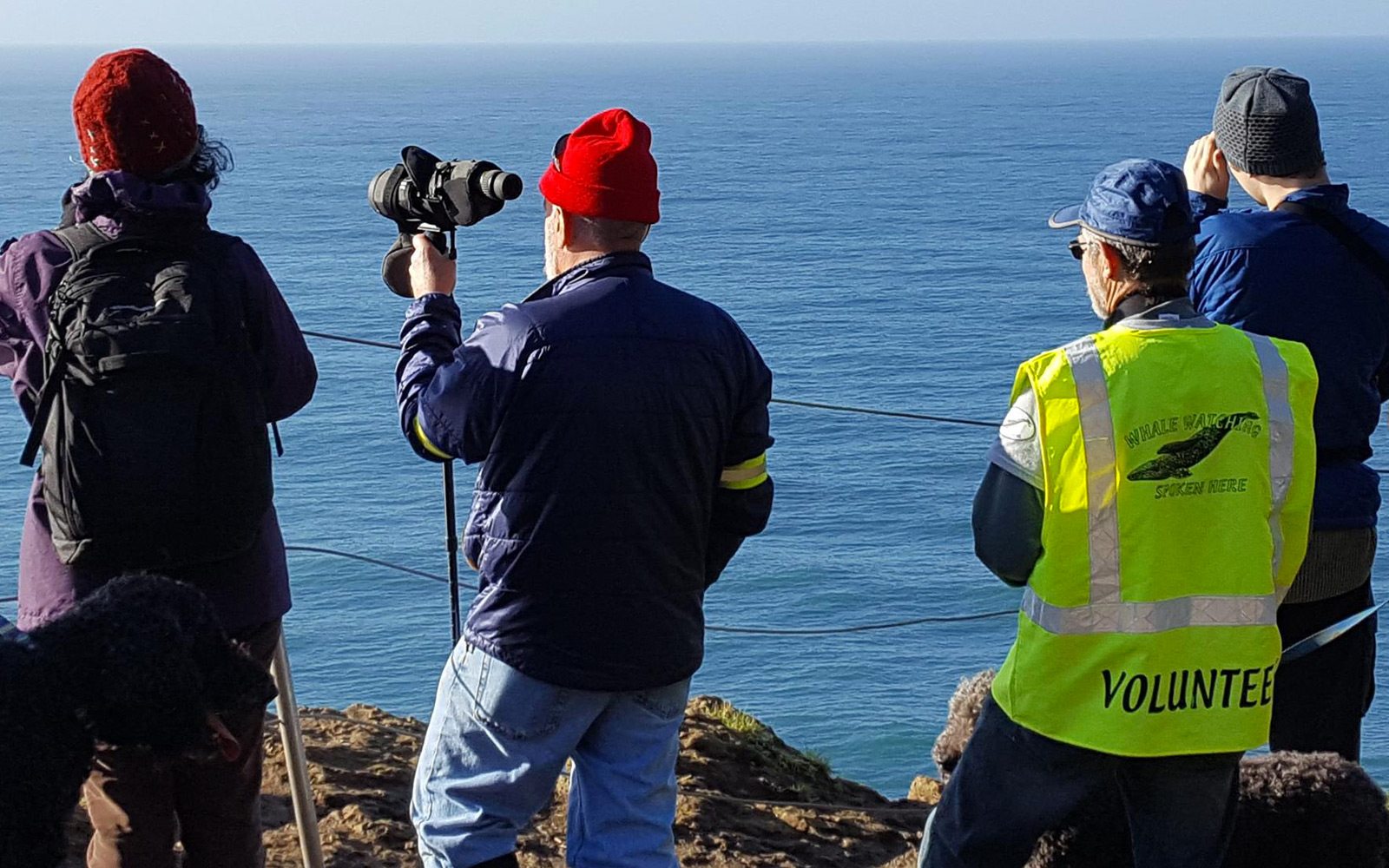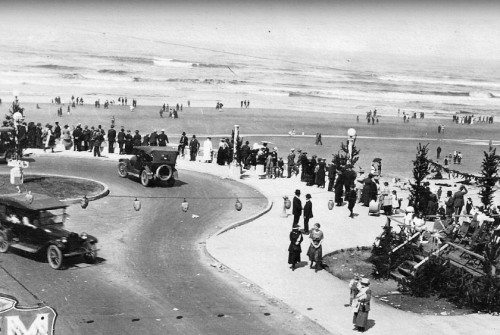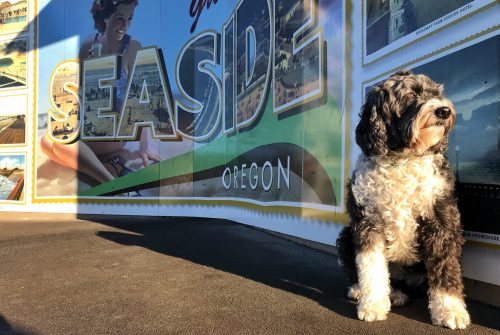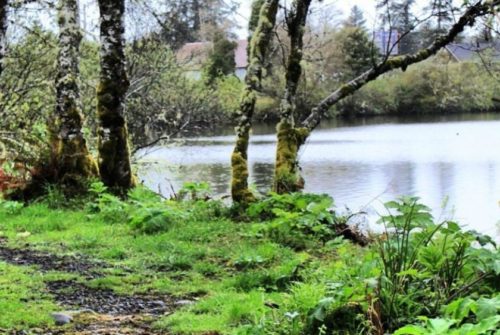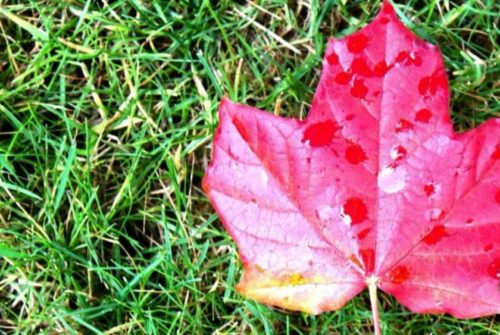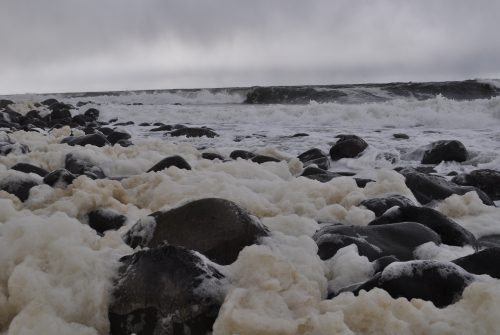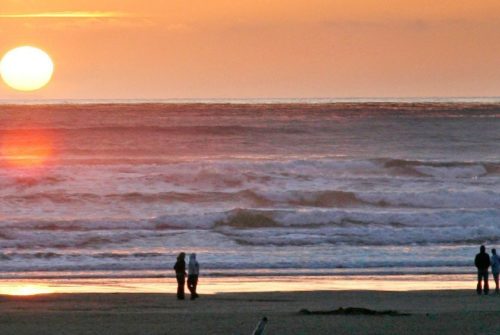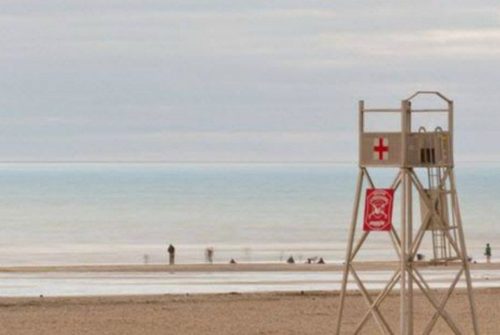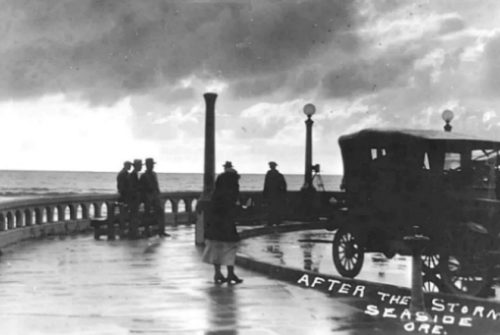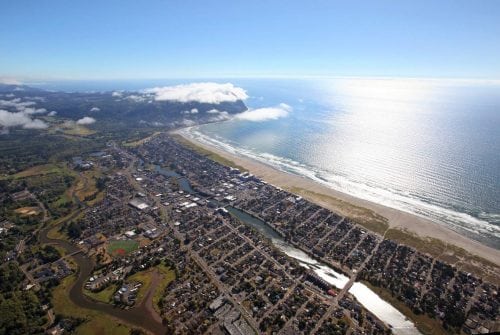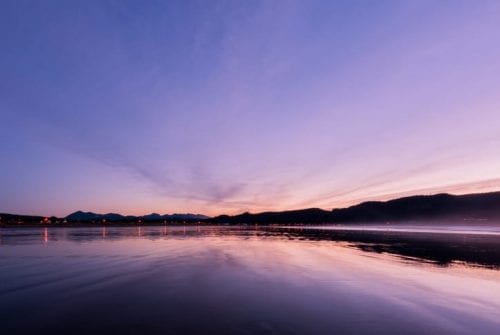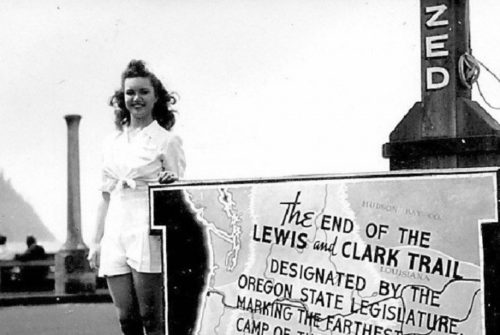It’s possible to see gray whales off the Oregon Coast year-round, but one of two peak periods occurs in late March, when some 20,000 whales travel north to their summer home in Alaska. During past spring Whale Watch Weeks, more than 1,800 great grays have been spotted along the Oregon Coast, drawing more than 20,000 visitors. Here’s what you need to know.
Peak Weeks
This year’s Spring Whale Watch Week is scheduled March 24-31, 2018, which also is spring break for many Oregon students. It’s the perfect time to plan an outing to the Coast with Seaside serving as your home base.
While there’s another Whale Watch Week each December, you’ll have a better chance of seeing whales in the spring. That’s because the whales stick closer to the shore to protect their young calves from predators in deeper waters. On this northbound migration, they also tend to travel slower, only four to five miles per hour.
Where to Go
You’ll find 24 designated “Whale Watching Spoken Here” locations along the Oregon Coast. The spot closest to Seaside is Ecola State Park, just a 15-minute drive south. Continue another 30 minutes south, and you’ll come to the next hub at the Neahkahnie Mountain Historic Marker along Highway 101 near Manzanita.
Or you can travel about an hour north to the Lewis and Clark Interpretative Center on Cape Disappointment. At each location, helpful volunteers with binoculars stand at the ready; they’re experts in spotting these gentle giants.
Pro Tips
For the best viewing, head out in the early morning when the sun will be at your back. Watch for the spray from their blowholes, which usually occurs every few minutes.
What to bring? Binoculars and a camping chair. And remember to dress warmly, as you’ll likely be waiting in a brisk wind on a bluff high above the Pacific for your whales to appear.
While you should have no problem spotting these giants from shore, it’s also possible to see them by boat as well. The nearest charters to Seaside depart from Garibaldi.
